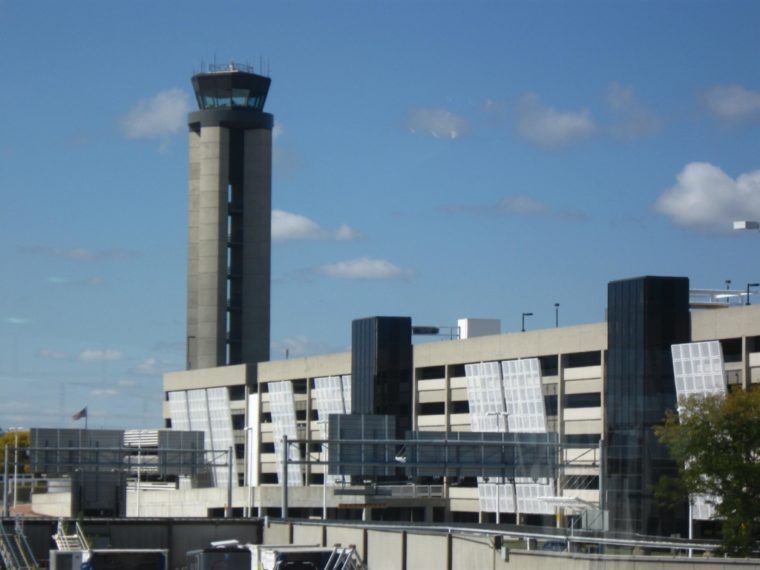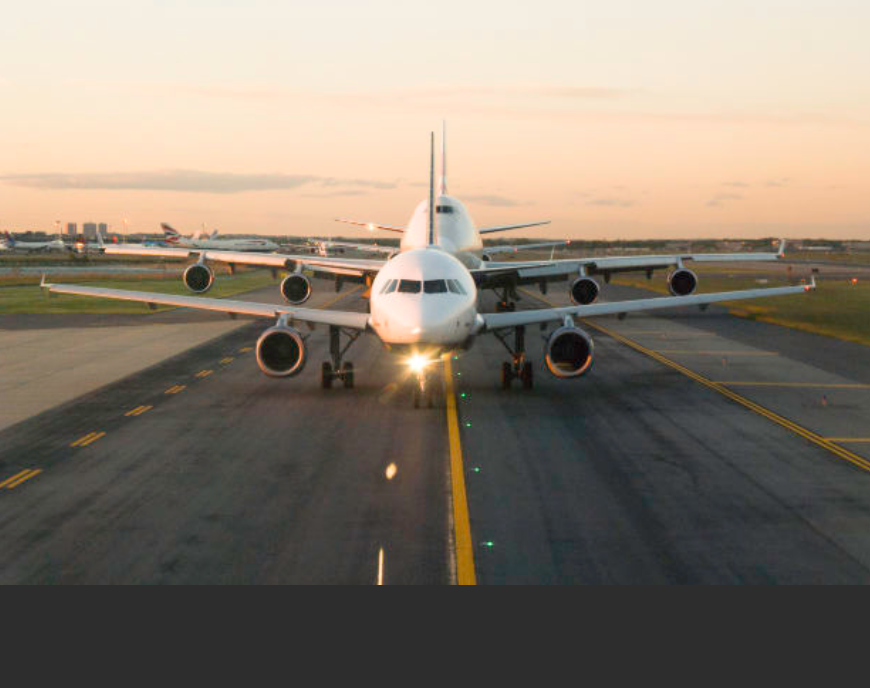
Some tend to overlook a significant economic driver for many less-populated areas of the country – regional general aviation airports. While these airports are small compared to those found in major cities, their economic impact is extremely significant.
In fact, the general aviation industry generates $219 billion in total economic input and contributes $109 billion to the nation’s gross domestic product. The airports support 1.1 million jobs and allow America’s smaller communities to attract business and tourism.
Many of the nation’s 5,000 general aviation airports will benefit from a funding boost after the signing last week of the Federal Aviation Administration (FAA) Act of 2018. The statute provides aviation funding over a five-year period and a new airport infrastructure grant program with $1.7 billion that will be allocated to southeastern states facing airport damages from Hurricane Florence last month.
The bill continues annual funding of $3.35 billion through 2023 for Airport Improvement Program grants. More than $1 billion has also been set aside for airport infrastructure projects. The new statute requires at least half of the grant funding be directed to small and non-hub airports. Contracting opportunities will be abundant in this industry sector.
General aviation airports often serve corporate aircraft and airplanes owned by individuals, universities, organizations and businesses. The airports are also used for emergency medical transports, the movement of products and law enforcement. More importantly, they provide access to small and remote communities. The FAA notes that three of every four liftoffs and landings at U.S. airports are by general aviation aircraft and most occur at general aviation airports.
 Because of the growth at these smaller airports, projects such as construction of new terminals, hangar upgrades and runway expansions are ongoing year-round. And, while such projects have strong support from local and regional leaders, the federal funding is absolutely critical to ensure that sustainability.
Because of the growth at these smaller airports, projects such as construction of new terminals, hangar upgrades and runway expansions are ongoing year-round. And, while such projects have strong support from local and regional leaders, the federal funding is absolutely critical to ensure that sustainability.
Earlier this year, Gov. Nathan Deal announced an additional $25 million in funding for small airports in Georgia. Funds were set aside for improvements and expansions at nearly a dozen general aviation facilities as a way to relieve pressure on regional airports and to help attract corporate relocations.
General aviation airports are diversifying. Yeager Airport in Charleston, South Carolina, is the busiest commercial airport in the state and it was recently awarded a $3.7 million FAA grant that will be used to provide access to a tract of land that will soon house an aviation school.
Late last month, the FAA announced recipients of $205 million in infrastructure grants to 34 U.S. airports. More than half of the airports are general aviation facilities in more rural parts of the U.S.
Joplin Regional Airport in Missouri was awarded a grant of more than $7.5 million to reconstruct a taxiway and the Elmira-Corning Regional Airport in New York won grant funding of $4 million for improvements to its terminal building. A runway at the McGhee Tyson Airport in Alcoa, Tennessee, will be rehabilitated with a grant of more than $7.5 million. In Rangeley, Maine, the Steven A. Bean Municipal Airport’s more than $11.4 million grant will be used to extend or reconstruct four runways.
In July, the FAA awarded approximately $660 million in airport infrastructure grants for modernization projects at 390 airports. Included in the 450 grants were awards to two general aviation airports in Louisiana. The Lafayette Regional Airport was awarded $11.8 million for a terminal project. Another $3.9 million in grant funds went to the Lake Charles Regional Airport to improve a runway drainage system and to mitigate wildlife hazards at the facility.
 The economic impact of general aviation airports is felt in cities and regions throughout the U.S. South Carolina’s 50 general aviation airports net more than $400 million in direct economic activity annually. The Greenville Downtown Airport provides 547 jobs and has an annual payroll of almost $35 million. The airport is credited with $68.8 million in economic activity. That’s enough to capture the attention of almost any region and South Carolina benefits not only from the dozens of companies and manufacturers that are located there because of airline transportation…but also from thousands of tourists who want to visit the beautiful state.
The economic impact of general aviation airports is felt in cities and regions throughout the U.S. South Carolina’s 50 general aviation airports net more than $400 million in direct economic activity annually. The Greenville Downtown Airport provides 547 jobs and has an annual payroll of almost $35 million. The airport is credited with $68.8 million in economic activity. That’s enough to capture the attention of almost any region and South Carolina benefits not only from the dozens of companies and manufacturers that are located there because of airline transportation…but also from thousands of tourists who want to visit the beautiful state.
In Texas, a recent analysis of McKinney National Airport showed the facility had a $212 million annual impact on the region. Officials say they can’t build new multi-million-dollar hangars fast enough to keep up with demand.
It’s important to ensure the ongoing support of general aviation airports in the U.S. Their continued growth and use create economic vitality, jobs and contracting opportunities that benefit all citizens and taxpayers.
